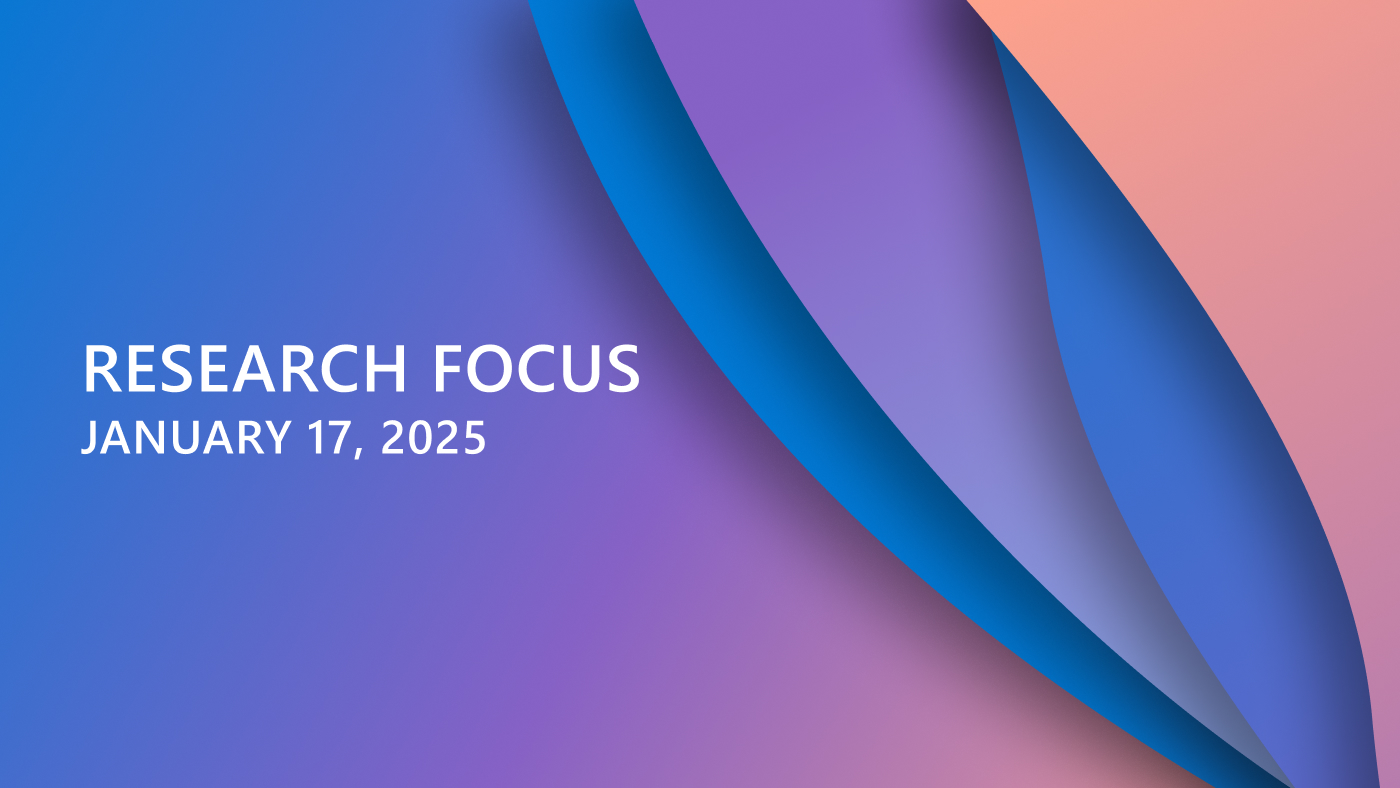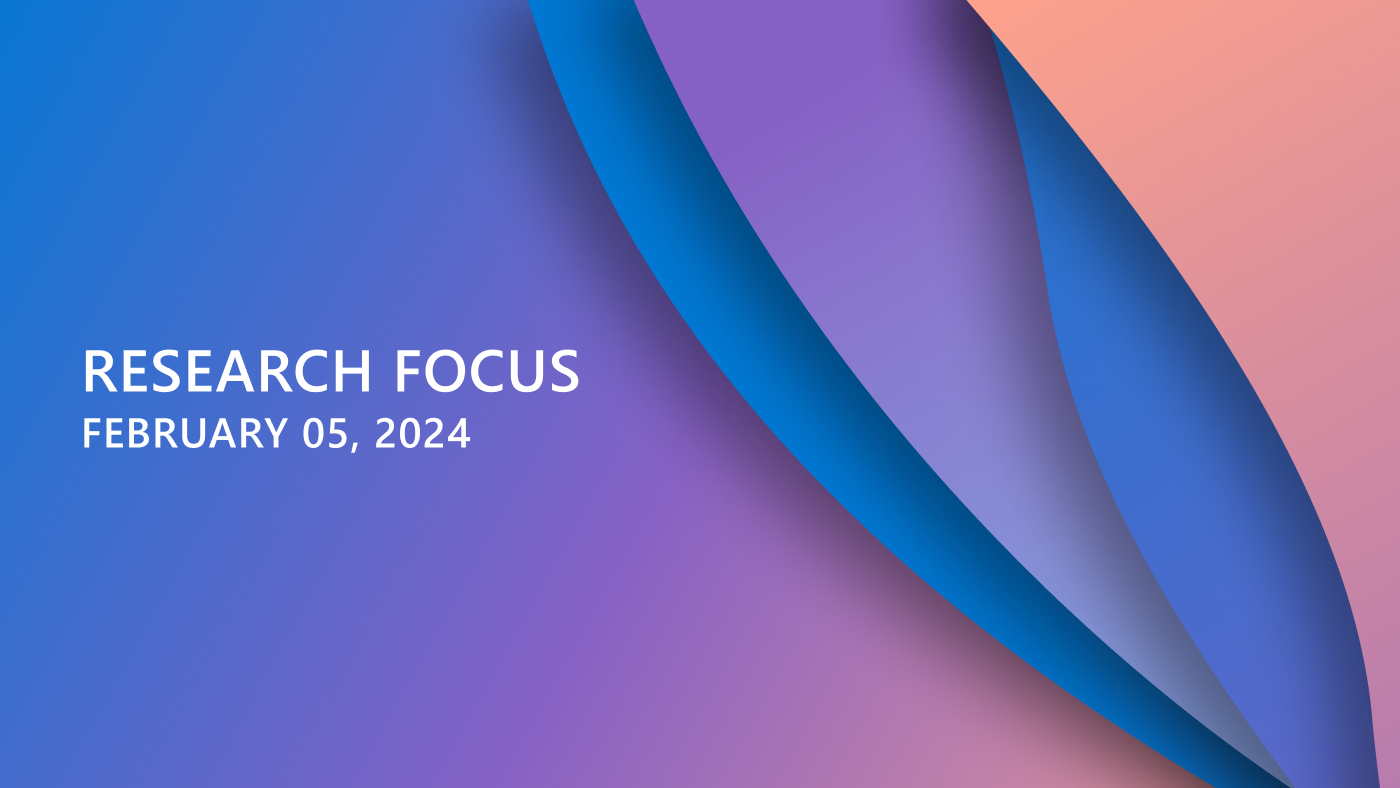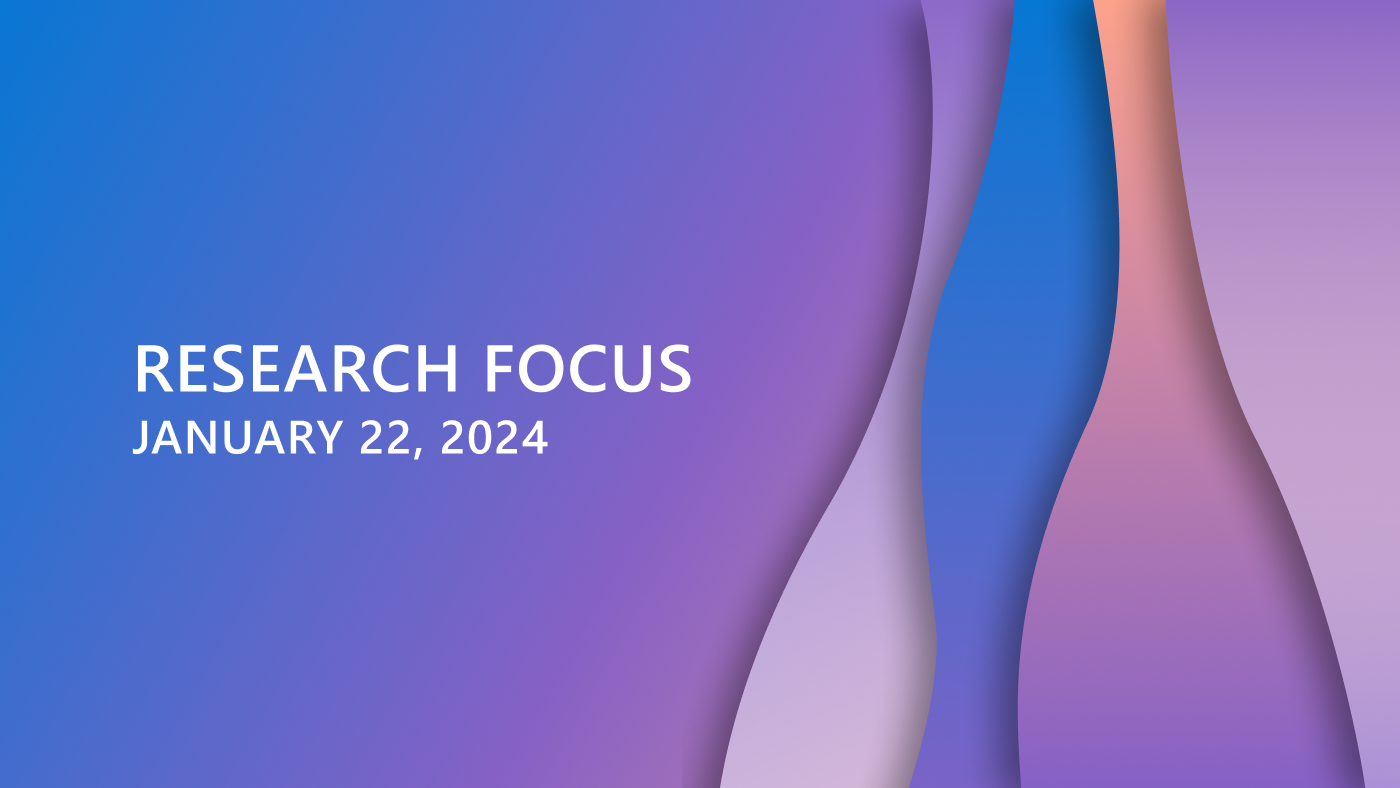
Welcome to Research Focus, a new series of blog posts that highlights notable publications, events, code/datasets, new hires and other milestones from across the research community at Microsoft.
Revolutionizing Document AI with multimodal document foundation models
Organizations must digitize various documents, many with charts and images, to manage and streamline essential functions. Yet manually digitized documents are often of uneven quality, while web pages and electronic documents can come with multiple layouts.
Document AI technology is designed to efficiently extract, organize and analyze the information in different documents, freeing employees and companies from this repetitive and tedious work. The results are automated extraction, classification and understanding of information with rich typesetting formats from webpages, digital-born documents, or scanned documents, along with lower costs and reduced errors.
Microsoft Research Asia has been studying Document AI since 2019, working at the intersection of natural language processing and computer vision and using deep learning techniques. In their most recent work, researchers have developed new skills for Document AI, unveiled industry-leading models, and begun developing general-purpose and unified frameworks.
Tapping into Large Language Models with Microsoft’s Turing Academic Program
Large language models (LLMs) deliver impressive performance with difficult tasks and across various applications. As AI researchers explore LLMs, many questions persist. Answering these questions will require a range of different perspectives and proficiencies from experts from industry, research, and government.
To better understand opportunities and challenges with LLMs, Eric Horvitz, Microsoft’s Chief Scientific Officer, moderated a panel discussion “Towards a Healthy Research Ecosystem for Large Language Models (opens in new tab).” Panelists included Ahmed Awadallah (Microsoft Research), Erwin Gianchandani (opens in new tab) (National Science Foundation), Percy Liang (opens in new tab) (Stanford University), and Saurabh Tiwary (Microsoft Turing).
A key theme of the panel was the need to expand access to LLMs, which requires large amounts of data and computing resources. The Microsoft Turing Academic Program (MS-TAP) supports this effort through multiple in-depth collaborations with partner universities.
You can learn more about MS-TAP and the panel discussion in this recent blog post (opens in new tab).
Microsoft researchers named 2022 ACM Fellows
Three researchers from Microsoft were among the 57 Fellows named by the Association for Computing Machinery (opens in new tab) (ACM) for fundamental contributions to computing technologies in 2022.
This award, which recognizes the top 1% of ACM members for accomplishments in computing and information technology and/or outstanding service to ACM and the larger computing community, was presented to the following Microsoft researchers:
Ranveer Chandra
For contributions to software-defined wireless networking and applications to agriculture and rural broadband
Marc Pollefeys
For contributions to geometric computer vision and applications to AR/VR/MR, robotics and autonomous vehicles
Jaime Teevan
For contributions to human-computer interaction, information retrieval, and productivity
The ACM Fellows program was launched in 1993. Candidates are nominated by their peers and then reviewed by a selection committee. ACM (opens in new tab) is the world’s largest educational and scientific computing society, uniting educators, researchers, and professionals to inspire dialogue, share resources, and address challenges.




